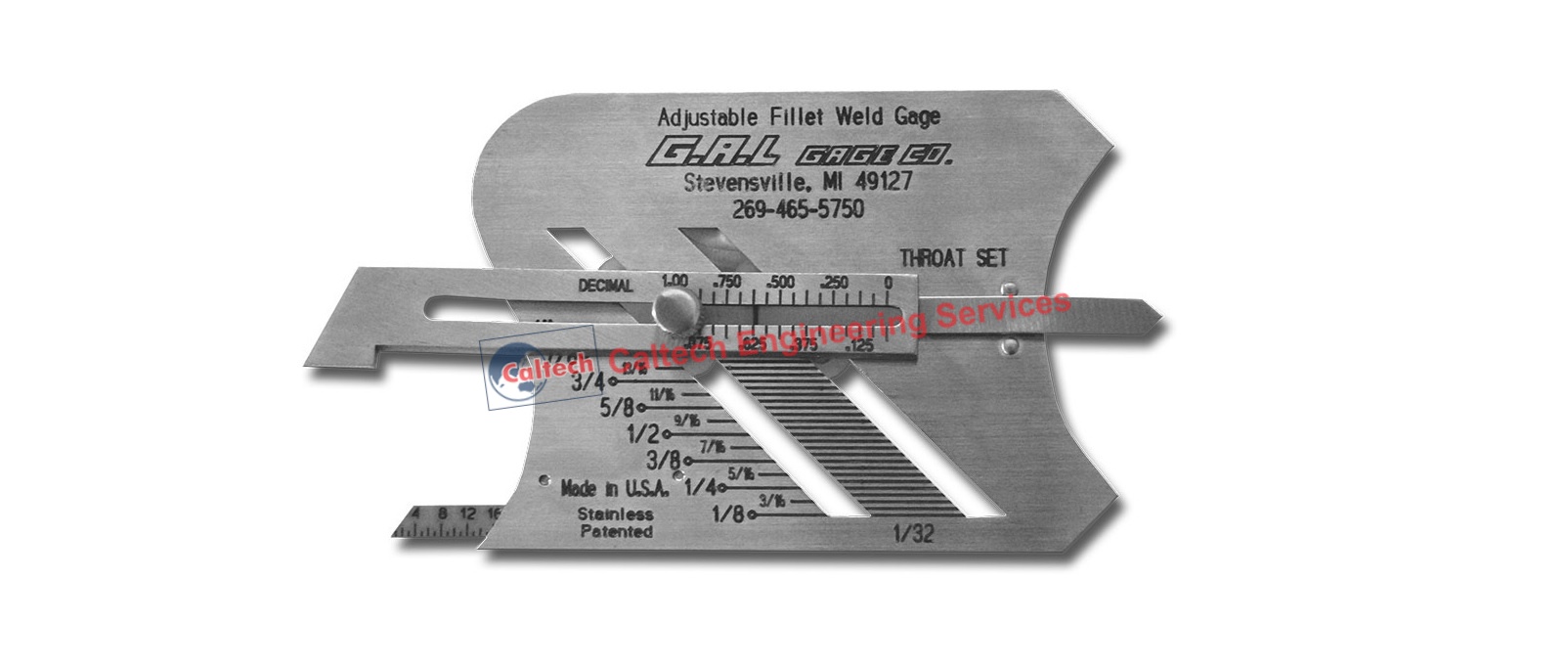The Ultimate Overview to Fillet Weld Quality Assurance: Making Sure Strength and Resilience in Your Welded Joints
In the realm of welding, guaranteeing the toughness and durability of fillet welds is critical for the honesty of bonded joints. As we embark on this expedition of fillet weld quality control, we will discover necessary aspects that affect weld strength, dive right into effective examination techniques, and go over strategies for avoiding usual weld defects.
Importance of Fillet Weld Quality Assurance
Ensuring correct fillet weld high quality control is critical in guaranteeing the architectural integrity and durability of bonded parts in numerous markets. Fillet welds are frequently made use of in architectural steelwork, bridges, pressure vessels, pipes, and other important facilities where the toughness of the weld is critical to general security and performance. Quality control measures such as visual evaluations, non-destructive testing, and adherence to welding procedures assist determine potential problems like absence of blend, incomplete infiltration, damaging, or too much support.
Secret Aspects Affecting Weld Toughness
Accomplishing ideal weld stamina requires cautious consideration of numerous crucial aspects that influence the stability and toughness of the welded joint. The very first essential factor appertains joint preparation, which entails cleaning the base metals to remove any type of pollutants that might deteriorate the weld. Furthermore, the fit-up of the joint is vital to make certain correct infiltration and combination of the filler product.
The choice of the proper welding technique and specifications additionally plays a substantial role in establishing weld toughness. Elements such as heat input, travel speed, and electrode angle can influence the quality of the weld. Moreover, keeping the appropriate interpass temperature level during multi-pass welding is crucial to avoid cracking and ensure a strong bond in between the layers.
Furthermore, the option of filler material and its compatibility with the base metals is crucial for achieving high weld stamina. Utilizing filler material with the appropriate mechanical properties can boost the general integrity of the weld. Post-weld warm therapy and proper evaluation methods are necessary steps in making certain the stamina and toughness of the bonded joint.
Inspection Methods for Weld Stability

One more crucial evaluation method is fluid penetrant screening, where a liquid color is put on the weld surface area - Gauge Fillet Weld. The color seeps into any kind of surface-breaking issues, making them noticeable under UV light. This method works for identifying flaws that might not be visible to the naked eye


Ultrasonic testing is likewise widely made use of for inspecting weld stability. High-frequency acoustic wave are guided address into the weld, and any kind of disruptions in the sound wave pattern indicate prospective defects like fractures or lack of blend.
These inspection methods play an essential function in making sure the quality and reliability of welds, ultimately adding to the general stamina and sturdiness of bonded joints in industrial settings.
Avoiding Usual Weld Problems
In order to preserve the architectural stability of welded joints in commercial applications, it is important to execute preventive measures to address typical weld flaws. One common defect is lack of fusion, where the filler product falls short to bond appropriately with the base metals, leading to weak areas in the weld. This can be stopped by guaranteeing correct heat control and using the correct welding strategy.
An additional constant problem is porosity, brought on by gas entrapment in the weld metal throughout the welding process. To avoid this, it is important to cleanse the base steels completely, use dry electrodes, and keep an ideal welding atmosphere with correct air flow.
In addition, cracks in welds can compromise the joint's stamina. To avoid this flaw, it is necessary to regulate the air conditioning rate after welding, use pre-heating when essential, and choose suitable welding parameters.
Enhancing Bonded Durability With Proper Techniques
To strengthen the durability and integrity of welded structures, employing innovative welding techniques is important. One vital method to enhance weld resilience continue reading this is to make certain correct weld grain positioning. By positioning the weld grain properly within the joint, the weld's stamina and resistance to tiredness can be significantly boosted. Furthermore, making use of the proper welding criteria, such as voltage, click over here current, and travel rate, is important for achieving a durable weld. These criteria directly impact the weld's infiltration, fusion, and total high quality, adding to its longevity.
Selecting the appropriate filler steel and guaranteeing the cleanliness of the base metals can prevent inclusions and other issues that might jeopardize the weld's resilience. By carrying out these proper techniques, welders can ensure that their bonded joints exhibit exceptional stamina and resilience, meeting the greatest top quality requirements.
Conclusion
To conclude, keeping excellent quality control standards for fillet welds is essential for making certain the toughness and durability of bonded joints. By understanding the essential variables influencing weld stamina, utilizing examination methods for weld stability, avoiding common weld defects, and utilizing proper methods, welders can boost the total sturdiness of their welds. It is crucial to focus on high quality control steps to generate durable and reputable bonded joints.
In the world of welding, making sure the toughness and resilience of fillet welds is critical for the stability of welded joints. As we begin on this exploration of fillet weld high quality control, we will reveal necessary factors that affect weld stamina, dig right into reliable inspection approaches, and discuss techniques for protecting against usual weld flaws.Achieving optimum weld stamina needs cautious consideration of different vital variables that affect the honesty and longevity of the bonded joint (Gauge Fillet Weld).In conclusion, keeping high quality control standards for fillet welds is vital for making certain the stamina and durability of bonded joints. By recognizing the key aspects impacting weld toughness, utilizing examination methods for weld integrity, avoiding common weld flaws, and employing appropriate techniques, welders can improve the overall resilience of their welds